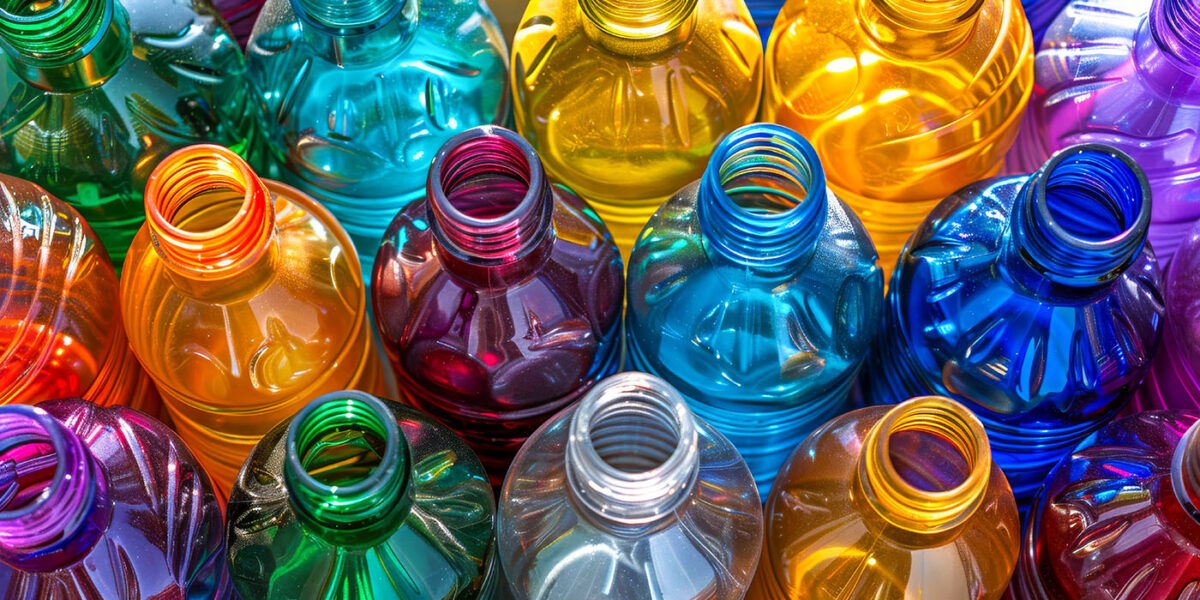The Facts About Antimony in PET Bottles

PET has long been the most popular material for food and beverage packaging. However, antimony (Sb) has been associated with bottled water for the last 20 years. What are the facts?
Antimony in PET Production
Manufacturers frequently use antimony trioxide (Sb2O3), antimony acetate, and antimony glycolate as catalysts in PET resin production. Consequently, antimony remains in the finished products. Researchers need to conduct additional studies to determine if Antimony in PET can be an endocrine disruptor.
You can also read: Do Plastic Bottles Release Microplastics?
Methodological Issues Testing Sb
Researchers from the University of Geneva reviewed over 192 scientific articles studying antimony in PET bottles. They identified several analytical issues in experimental design and common flaws included whether the limit of detection (LOD) of the analytical technique matched the analyte concentration. Additionally, researchers often did not use Certified Reference Materials (CRMs) with concentrations similar to the analyte.
Furthermore, almost none of the studies provided information on antimony concentration in water before bottling. Researchers often reported analyte concentration per volume, but the authors recommend reporting based on bottle surface area.
PET Facts
Despite these methodological issues, several widely proven facts exist regarding PET and antimony presence:
- Higher Sb levels are in PET: PET contains more Sb than materials like polypropylene (PP), low-density polyethylene (LDPE), high-density polyethylene (HDPE), polycarbonate (PC), and polystyrene (PS).
- Storage time increases antimony concentration: Studies show that antimony concentrations in bottled water increase over time at ambient temperatures.
- Temperature promotes antimony release: Researchers found that high temperatures combined with storage time favor Sb release from PET, especially above 60-70 degrees Celsius. Appropriate storage plays a main role.
- Frequency of use increases antimony release: The frequency of reuse is a major factor that linearly increases Sb leaching from PET bottles at all tested temperatures.
- Sb concentrations are below regulated values: In many countries, drinking water standards no longer apply once the water is packaged. For instance, in the European Union, the maximum admissible concentration for drinking water is 5 µg/L but 40 µg/L for bottled water. In the U.S., the EPA regulates tap water with a maximum contaminant level of 6 µg/L, while bottled water lacks a specific migration limit for antimony from PET packaging materials.
To read the complete review click HERE
